Home>Interior Design>How To Organize Deep Pantry Shelves: 10 Ways To Organize Pantry Shelves
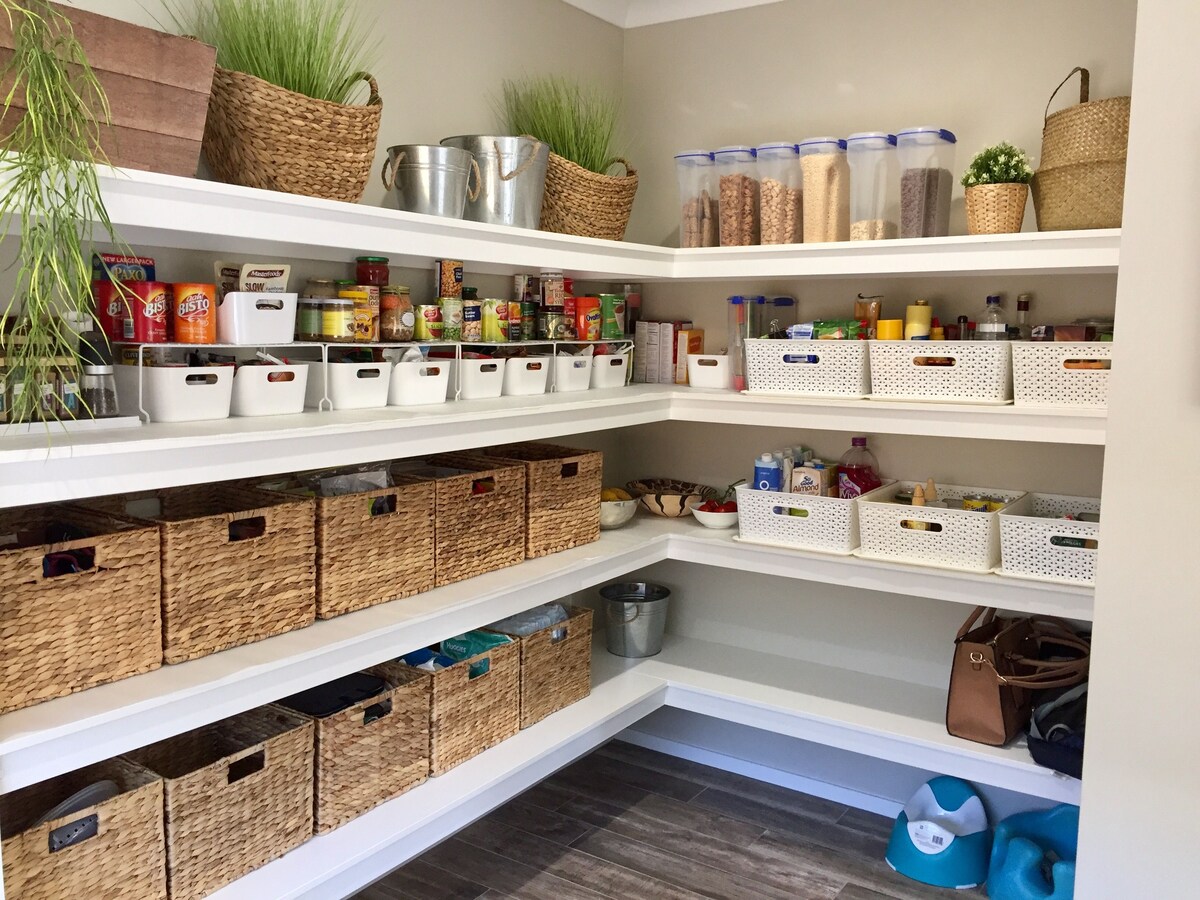

Interior Design
How To Organize Deep Pantry Shelves: 10 Ways To Organize Pantry Shelves
Modified: May 6, 2024
Discover 10 effective ways to organize deep pantry shelves and optimize your interior design with these expert tips. Streamline your pantry storage today!
(Many of the links in this article redirect to a specific reviewed product. Your purchase of these products through affiliate links helps to generate commission for Storables.com, at no extra cost. Learn more)
Introduction
Welcome to the heart of your home—the pantry. Whether you have a spacious walk-in pantry or a set of deep shelves tucked away in your kitchen, keeping it organized is essential for maintaining a functional and efficient space. A well-organized pantry not only makes meal prep and cooking more manageable but also reduces food waste and saves time and money. In this article, we will explore ten practical and creative ways to organize deep pantry shelves, transforming them into a streamlined and visually appealing storage area.
A cluttered pantry can be overwhelming, leading to frustration when searching for specific items and contributing to a disorganized kitchen. By implementing the strategies outlined in this article, you can optimize your pantry space, making it easier to find ingredients, keep track of inventory, and maintain a tidy and inviting culinary environment.
Let's dive into the art of pantry organization, exploring innovative solutions and practical tips to maximize the functionality of your deep pantry shelves. Whether you're an avid home cook, a busy parent, or someone who simply enjoys a well-organized space, these suggestions will help you create a pantry that not only looks fantastic but also enhances your daily cooking and meal prep routines. So, roll up your sleeves, gather your supplies, and get ready to transform your pantry into a beautifully organized and efficient storage haven.
Key Takeaways:
- Clear containers and labels make it easy to find and keep track of pantry items, reducing clutter and food waste while creating a visually appealing and organized space.
- Grouping similar items together and utilizing pull-out shelves optimize accessibility and space efficiency, making meal prep and cooking more manageable and enjoyable.
Read more: How Deep Are Pantry Shelves
Use Clear Containers
One of the most effective ways to organize deep pantry shelves is by using clear containers. Transparent storage containers offer several benefits, including enhanced visibility and a cohesive, organized appearance. By transferring items such as grains, pasta, cereals, and snacks into clear containers, you can easily identify their contents without having to sift through cluttered packaging. This not only saves time but also reduces the likelihood of purchasing duplicate items due to overlooked ingredients.
Additionally, clear containers create a streamlined and visually appealing aesthetic within the pantry. When items are stored in uniform, see-through containers, the overall look is cohesive and tidy. This can be particularly advantageous for deep pantry shelves, where items are stacked or stored out of immediate sight. The transparent nature of the containers allows you to assess inventory levels at a glance, helping you to stay organized and plan grocery shopping effectively.
Moreover, using clear containers with airtight seals can help maintain the freshness of dry goods, such as flour, rice, and nuts, by protecting them from moisture and air exposure. This not only extends the shelf life of pantry staples but also minimizes the risk of pests infiltrating your stored items.
When selecting clear containers for your pantry, opt for stackable designs to maximize vertical space and ensure efficient use of deep shelves. Additionally, consider containers with wide openings for easy access and cleaning. Labeling these containers with the contents and expiration dates further contributes to a well-organized pantry, allowing for quick and accurate inventory assessment.
By incorporating clear containers into your pantry organization strategy, you can transform chaotic shelves into a harmonious and functional storage area. The visual clarity, uniformity, and practicality offered by clear containers make them an indispensable tool for achieving a well-organized and visually appealing pantry.
Group Similar Items Together
Organizing deep pantry shelves becomes much more manageable when similar items are grouped together. This simple yet effective strategy not only streamlines the search for specific ingredients but also creates a cohesive and visually pleasing arrangement within the pantry. Grouping similar items together allows for easy access and efficient inventory management, enhancing the overall functionality of the space.
When categorizing pantry items, consider grouping them by type or use. For example, designate separate sections for canned goods, baking supplies, spices, condiments, and snacks. By doing so, you create designated zones that make it effortless to locate specific items when preparing meals or making grocery lists.
Grouping similar items together also facilitates a clearer understanding of your pantry inventory, reducing the likelihood of overlooking or forgetting about certain items. This approach can help prevent food waste and minimize the chances of purchasing duplicate items due to overlooked existing stock.
Moreover, organizing items by category or use can inspire creative meal planning and encourage the utilization of forgotten ingredients. When all baking supplies, such as flour, sugar, and baking powder, are stored together, you may be more inclined to explore new baking recipes or revisit old favorites, thus making the most of your pantry staples.
Implementing this organization method is particularly beneficial for deep pantry shelves, as it optimizes the available space and minimizes clutter. By grouping similar items together, you can efficiently utilize the depth of the shelves, ensuring that no space goes to waste and that every item has its designated place.
Ultimately, grouping similar items together creates a sense of order and harmony within the pantry, transforming it into a well-structured and functional storage area. This approach simplifies meal preparation, encourages mindful inventory management, and contributes to a visually appealing and organized culinary space.
Utilize Shelf Dividers
When organizing deep pantry shelves, utilizing shelf dividers is a practical and versatile solution for maintaining order and maximizing space efficiency. Shelf dividers serve as valuable tools for creating distinct sections within the pantry, preventing items from shifting and becoming disorganized.
By installing shelf dividers, you can create designated areas for different categories of items, such as canned goods, boxed foods, and small kitchen appliances. This not only facilitates easy access to specific items but also prevents clutter and minimizes the risk of items toppling over or getting lost in the depths of the shelves.
Shelf dividers come in various designs, including wire, acrylic, and tension rod dividers, offering flexibility to cater to different pantry configurations and storage needs. Adjustable dividers are particularly advantageous for deep shelves, as they can be customized to accommodate items of varying heights and sizes, ensuring efficient use of the available space.
Moreover, shelf dividers contribute to a visually organized and aesthetically pleasing pantry. By creating distinct compartments for different types of items, shelf dividers help maintain a tidy and cohesive appearance, even within deep pantry shelves where items may be stacked or stored out of immediate sight.
Another benefit of utilizing shelf dividers is the prevention of overstocking and overcrowding. By delineating specific areas for different categories of items, you are less likely to exceed the shelf’s capacity, thus avoiding clutter and promoting efficient inventory management.
Furthermore, shelf dividers can enhance accessibility and visibility within the pantry, making it easier to locate and retrieve items. This is particularly advantageous for deep shelves, where items at the back may be less visible without proper organization and segmentation.
By incorporating shelf dividers into your pantry organization strategy, you can transform deep shelves into well-structured and functional storage spaces. These versatile tools not only contribute to efficient space utilization but also promote a visually appealing and organized pantry, enhancing the overall cooking and meal preparation experience.
Label Everything
Labeling is a crucial element of effective pantry organization, especially when dealing with deep shelves. Clear and comprehensive labeling not only facilitates quick and easy identification of items but also contributes to a visually cohesive and organized pantry environment.
When organizing a pantry, particularly one with deep shelves, labeling containers, bins, and shelves is essential for efficient inventory management and streamlined meal preparation. By clearly labeling the contents of storage containers, such as flour, sugar, rice, and pasta, you can easily identify specific items without the need to move or open each container, saving time and effort.
Additionally, labeling shelves or designated areas for specific categories of items, such as canned goods, snacks, or baking supplies, helps maintain a structured and visually appealing pantry layout. This approach not only aids in finding items quickly but also encourages consistent placement and organization of pantry staples.
When labeling pantry items and storage areas, opt for clear and legible labels that are easily visible. Utilize a consistent labeling system, such as color-coded labels or uniform font styles, to create a cohesive and harmonious look within the pantry. This not only enhances visual appeal but also contributes to a sense of order and organization.
Furthermore, labeling is an effective tool for promoting mindful inventory management and reducing food waste. By clearly marking the expiration dates of perishable items or the date of storage for bulk goods, you can ensure that items are used before they expire and avoid overlooking forgotten ingredients hidden in the depths of the pantry.
Labeling also serves as a helpful guide for household members or guests who may need to locate specific items in the pantry. Clear and informative labels eliminate confusion and make it easier for everyone to find what they need, contributing to a harmonious and functional kitchen environment.
Ultimately, comprehensive labeling is a fundamental aspect of creating a well-organized and efficient pantry, particularly when dealing with deep shelves. This simple yet impactful practice enhances visibility, promotes order and structure, and contributes to a visually appealing and user-friendly culinary space.
Use clear bins or baskets to group similar items together and make it easier to see what you have. Label each container for quick identification.
Store Infrequently Used Items on Higher Shelves
When organizing a pantry with deep shelves, strategic placement of items is essential for optimizing accessibility and space efficiency. One effective strategy is to store infrequently used items on higher shelves, making the most accessible and eye-level areas reserved for frequently accessed and essential pantry staples.
By allocating the higher shelves for items that are not accessed on a daily basis, you can prioritize the most convenient and easily reachable spaces for everyday cooking and meal preparation. This approach minimizes the need to stretch or use step stools to access items regularly, enhancing the overall functionality of the pantry.
Infrequently used items, such as large serving platters, specialty cookware, seasonal baking supplies, or bulk purchases, are well-suited for placement on higher shelves. These items, while important for specific occasions or purposes, do not require frequent access and can be stored out of immediate reach without impacting daily cooking routines.
Moreover, storing infrequently used items on higher shelves helps declutter and streamline the lower, more accessible areas of the pantry. By reserving the prime real estate of lower shelves for everyday essentials, such as canned goods, spices, and cooking oils, you can create a well-organized and efficient space for daily meal preparation.
When implementing this strategy, it’s essential to ensure the safety and accessibility of items stored on higher shelves. Use sturdy and secure shelving units to support the weight of items placed overhead, minimizing the risk of accidents or items falling. Additionally, consider utilizing step stools or reaching tools to safely access items stored on higher shelves when needed.
By prioritizing the lower shelves for frequently used items and reserving higher shelves for infrequently accessed supplies, you can create a well-structured and functional pantry layout. This approach not only enhances accessibility and convenience but also contributes to a visually organized and efficient culinary space, optimizing the use of deep pantry shelves.
Use Lazy Susans for Easy Access
When organizing deep pantry shelves, incorporating lazy Susans is a practical and efficient solution for maximizing accessibility and optimizing space utilization. Lazy Susans, rotating trays or turntables, offer seamless access to items stored in the depths of the pantry, making it easier to retrieve and organize a variety of pantry essentials.
One of the primary benefits of using lazy Susans in a pantry is the ability to access items stored at the back of deep shelves without the need to rearrange or shift other items. By simply rotating the lazy Susan, you can bring items from the rear of the shelf to the front, ensuring that nothing gets lost or forgotten in the depths of the pantry.
Lazy Susans are particularly useful for storing condiments, sauces, spices, and other small items that tend to get pushed to the back of shelves. By placing these items on a rotating tray, you can easily access and view the entire inventory without having to reach or strain to retrieve items from deep or narrow spaces.
Furthermore, lazy Susans contribute to efficient space utilization by maximizing the available surface area within deep pantry shelves. The rotating mechanism allows for the organization of a greater number of items within a confined space, reducing clutter and ensuring that every item is easily accessible without the need for extensive rearrangement.
Another advantage of incorporating lazy Susans into pantry organization is the visual clarity and accessibility they provide. By grouping similar items on a rotating tray, you can quickly locate specific items and maintain a well-organized and visually appealing pantry layout.
When selecting lazy Susans for your pantry, opt for sturdy and smooth-turning models that can accommodate various sizes and weights of items. Consider utilizing multiple lazy Susans within deep shelves to create distinct zones for different categories of pantry staples, further enhancing organization and accessibility.
By integrating lazy Susans into your pantry organization strategy, you can transform deep shelves into efficient and easily accessible storage spaces. These rotating trays not only streamline the retrieval of items but also contribute to a visually organized and functional pantry, enhancing the overall cooking and meal preparation experience.
Utilize Baskets or Bins
When organizing deep pantry shelves, utilizing baskets or bins is a versatile and practical solution for creating designated storage zones, enhancing accessibility, and maintaining a visually appealing pantry layout. Baskets and bins offer a customizable and efficient way to corral and categorize pantry items, making it easier to access and manage various essentials.
One of the key advantages of using baskets or bins in a pantry is the ability to create distinct compartments for different categories of items. Whether it’s grouping baking supplies, snacks, or canned goods, utilizing baskets or bins allows you to organize similar items together, facilitating quick and efficient access during meal preparation.
Furthermore, baskets and bins contribute to a visually cohesive and organized pantry environment. By selecting uniform or complementary designs, you can create a harmonious and aesthetically pleasing storage system within deep shelves, reducing visual clutter and enhancing the overall appeal of the pantry.
Another benefit of incorporating baskets or bins into pantry organization is the flexibility they offer in terms of customization and reconfiguration. These containers can be easily rearranged or repositioned within deep shelves to accommodate changes in inventory or to optimize space utilization, ensuring that every item has a designated and accessible storage space.
Additionally, baskets or bins with handles or labels further enhance the functionality of a well-organized pantry. Handles facilitate effortless retrieval of items, especially from deep or high shelves, while labels provide clear identification of the contents, streamlining inventory management and meal planning.
When selecting baskets or bins for pantry organization, consider the dimensions of your deep shelves to ensure that the containers fit and maximize available space. Opt for durable and easy-to-clean materials that can withstand the weight and variety of items stored within them, promoting long-term functionality and visual appeal.
By utilizing baskets or bins in your pantry, you can transform deep shelves into well-structured and efficient storage areas. These versatile containers not only streamline organization and accessibility but also contribute to a visually appealing and user-friendly culinary space, enhancing the overall cooking and meal preparation experience.
Install Pull-Out Shelves
When organizing deep pantry shelves, installing pull-out shelves is a transformative and practical solution for maximizing accessibility, optimizing space utilization, and streamlining pantry organization. Pull-out shelves, also known as roll-out or slide-out shelves, offer effortless access to items stored in the depths of the pantry, making it easier to retrieve and manage a variety of pantry essentials.
One of the primary benefits of incorporating pull-out shelves into a pantry is the ability to bring items from the rear of deep shelves to the front with minimal effort. This eliminates the need to reach or strain to access items stored in the depths of the pantry, ensuring that every item is easily visible and within reach.
Pull-out shelves are particularly advantageous for deep pantry shelves, where items may be stacked or stored out of immediate sight. By installing these shelves, you can effectively utilize the entire depth of the pantry, making it easier to view and access items without having to rearrange or shift other items.
Furthermore, pull-out shelves contribute to efficient space utilization by maximizing the available surface area within deep pantry shelves. The sliding mechanism allows for the organization of a greater number of items within a confined space, reducing clutter and ensuring that every item is easily accessible without the need for extensive rearrangement.
Another advantage of utilizing pull-out shelves is the seamless integration of organization and accessibility. By grouping similar items on pull-out trays, you can efficiently categorize pantry essentials and maintain a well-organized and visually appealing pantry layout, making it easier to locate and retrieve specific items.
When selecting pull-out shelves for your pantry, consider the dimensions and weight capacity to ensure that they can accommodate various sizes and weights of items. Opt for sturdy and smooth-gliding mechanisms that can withstand frequent use and effectively support the contents of the shelves.
By integrating pull-out shelves into your pantry organization strategy, you can transform deep shelves into efficient and easily accessible storage spaces. These sliding trays not only streamline the retrieval of items but also contribute to a visually organized and functional pantry, enhancing the overall cooking and meal preparation experience.
Read more: How To Organize A Deep Pantry Cabinet
Keep Frequently Used Items at Eye Level
When organizing deep pantry shelves, strategically placing frequently used items at eye level is a practical and efficient approach for optimizing accessibility and streamlining meal preparation. By prioritizing the most accessible areas of the pantry for everyday essentials, you can ensure convenient and effortless access to commonly used ingredients and kitchen staples.
Placing frequently used items at eye level within the pantry minimizes the need to bend, stretch, or rummage through deep shelves to locate essential ingredients during meal preparation. This strategic placement not only saves time but also promotes a more ergonomic and user-friendly pantry layout, enhancing the overall cooking experience.
Commonly used items, such as canned goods, cooking oils, spices, and grains, are well-suited for placement at eye level within the pantry. By positioning these essentials within easy reach, you can streamline meal preparation and cooking processes, making it more convenient to access and utilize key ingredients.
Moreover, keeping frequently used items at eye level contributes to a visually organized and aesthetically pleasing pantry. By creating a designated zone for everyday essentials within the most accessible areas of the pantry, you can maintain a tidy and visually appealing storage layout, reducing visual clutter and enhancing the overall functionality of the space.
This approach is particularly beneficial for deep pantry shelves, where items may be stacked or stored out of immediate sight. Placing frequently used items at eye level ensures that essential ingredients are readily visible and easily accessible, minimizing the risk of overlooking or forgetting about specific pantry staples.
When implementing this strategy, it’s essential to consider the weight and stability of items stored at eye level to ensure safe and secure placement. Utilize sturdy and reliable shelving units to support the weight of frequently accessed items, minimizing the risk of accidents or shelves becoming overloaded.
By prioritizing eye-level placement for frequently used items within the pantry, you can create an efficient and user-friendly storage layout. This approach not only enhances accessibility and convenience but also contributes to a visually organized and functional culinary space, optimizing the use of deep pantry shelves.
Ready to get even more organized? Whether you're tackling a smaller space or just keen on maximizing efficiency, our guide on pantry organization will help you streamline any pantry closet like a pro. For those who love a well-arranged kitchen, don't miss our insights on kitchen storage solutions that promise to keep your cooking space clutter-free and stylish in 2024. And if keeping perishables fresh is your concern, our food storage tips will ensure your essentials are perfectly preserved for longer. Let's make every inch count!
Frequently Asked Questions about How To Organize Deep Pantry Shelves: 10 Ways To Organize Pantry Shelves
Was this page helpful?
At Storables.com, we guarantee accurate and reliable information. Our content, validated by Expert Board Contributors, is crafted following stringent Editorial Policies. We're committed to providing you with well-researched, expert-backed insights for all your informational needs.
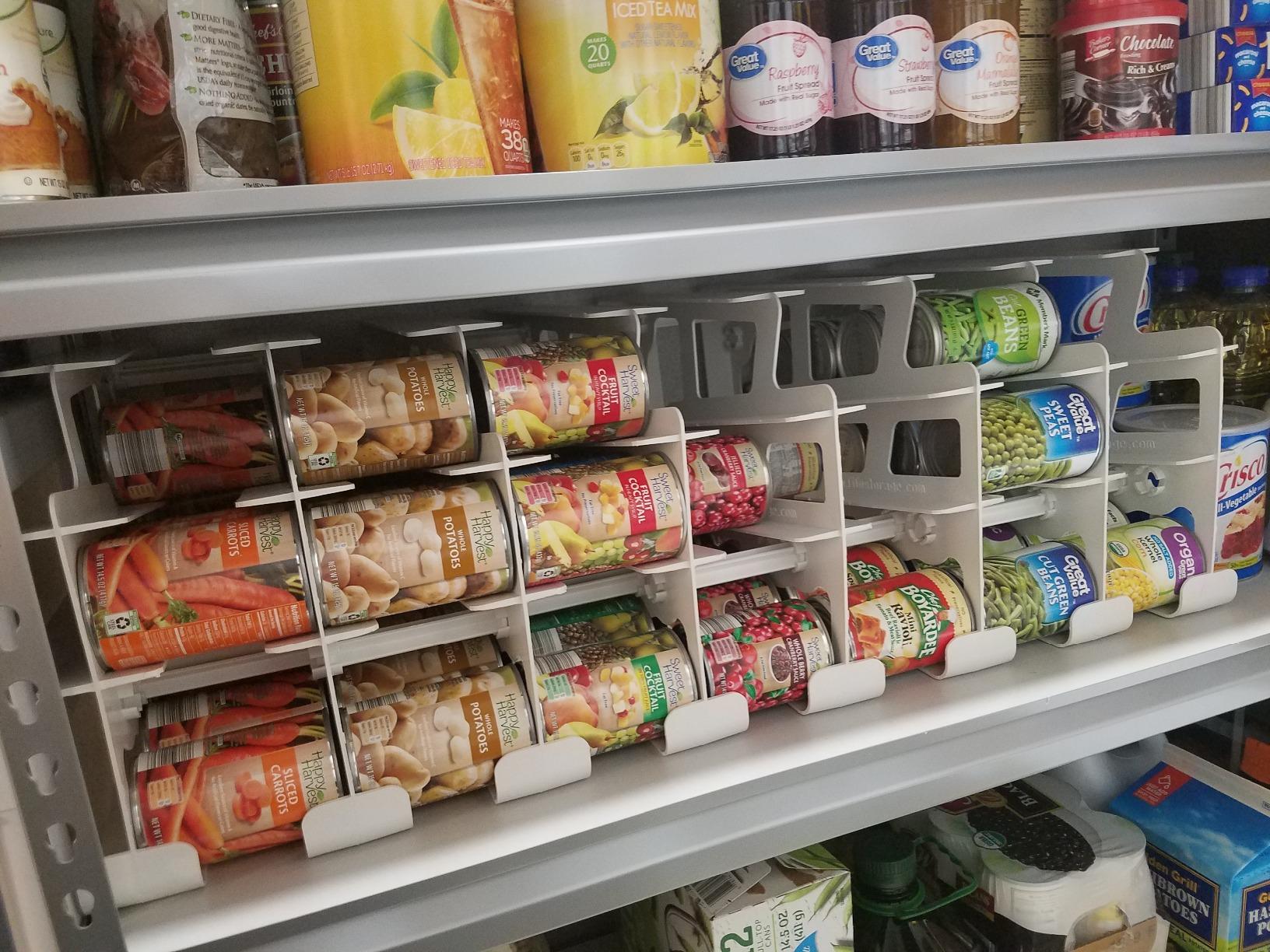
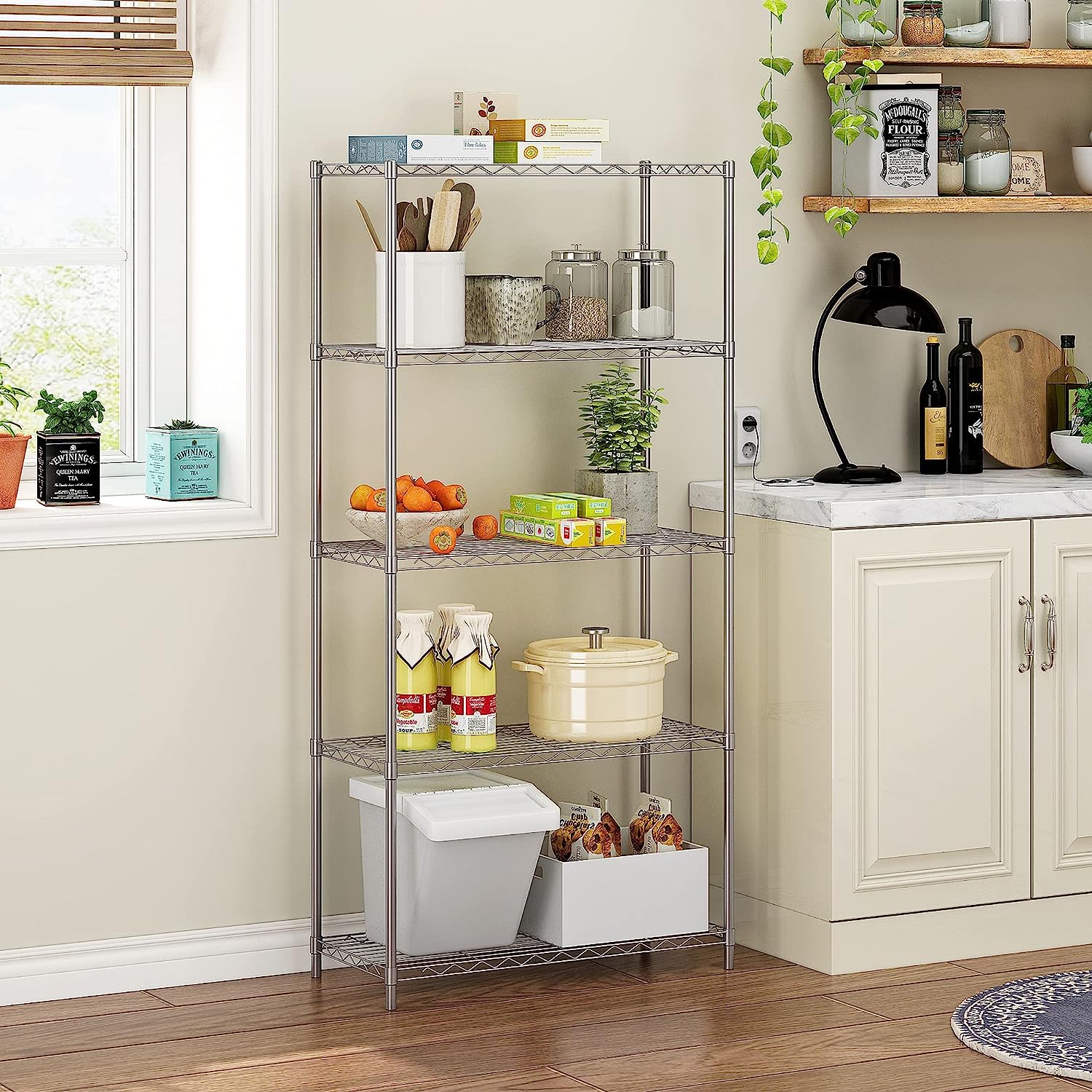
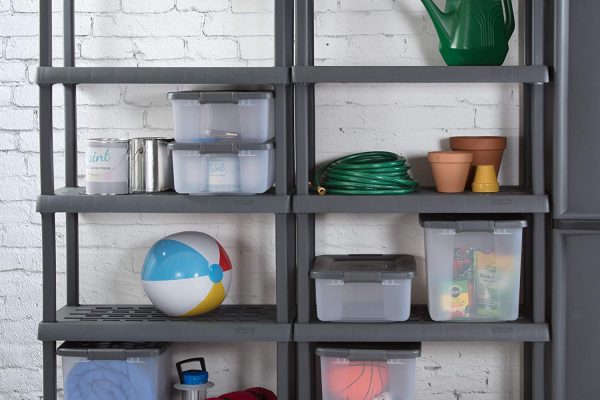

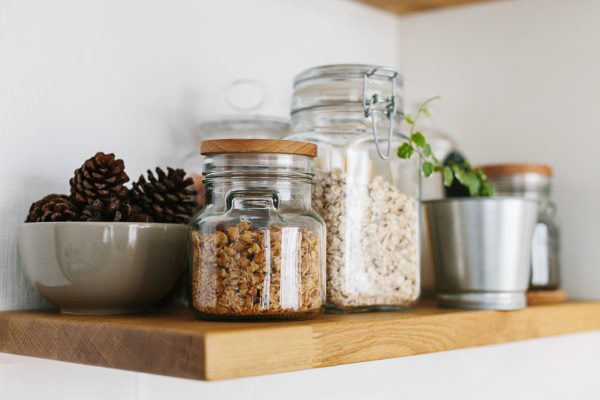
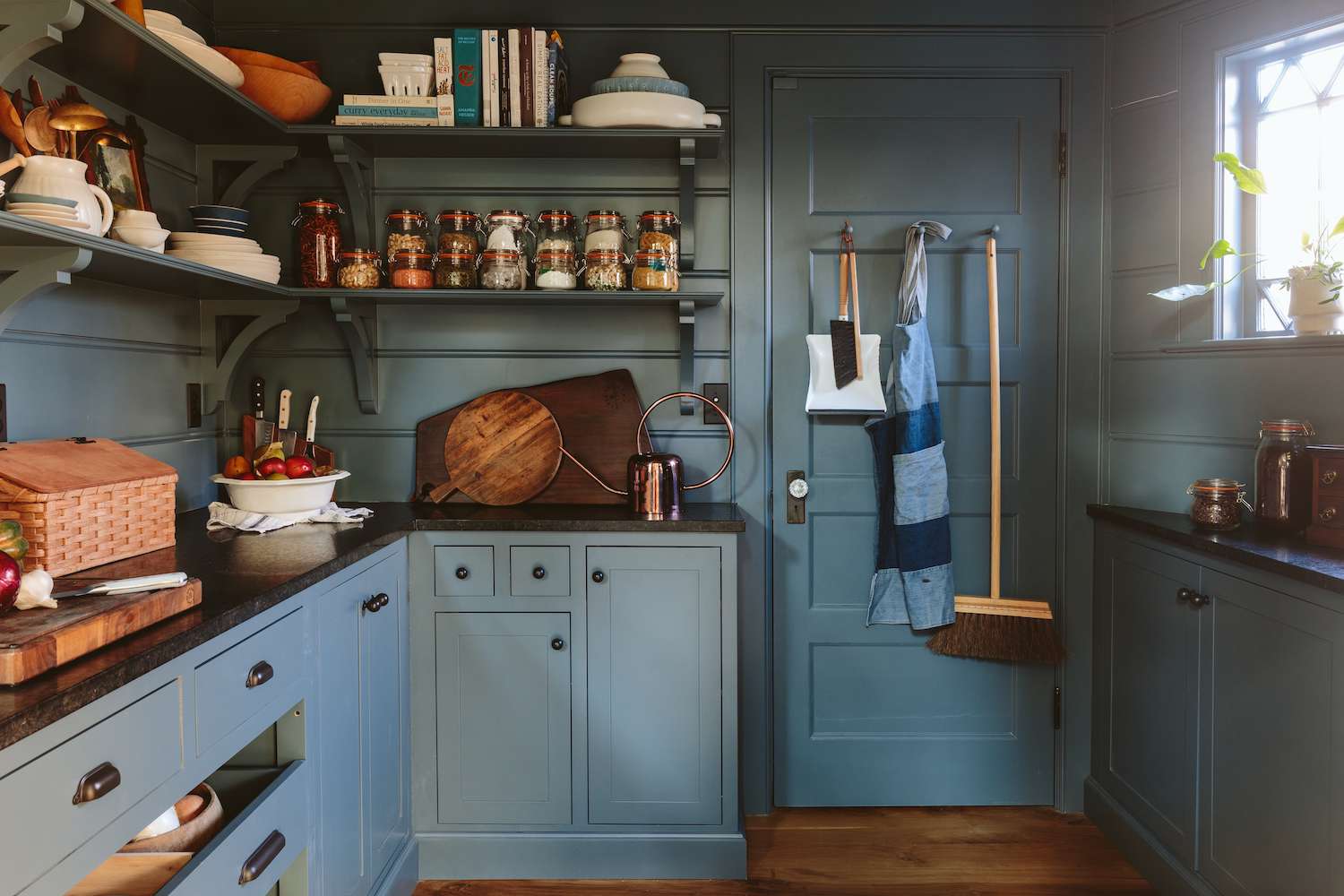
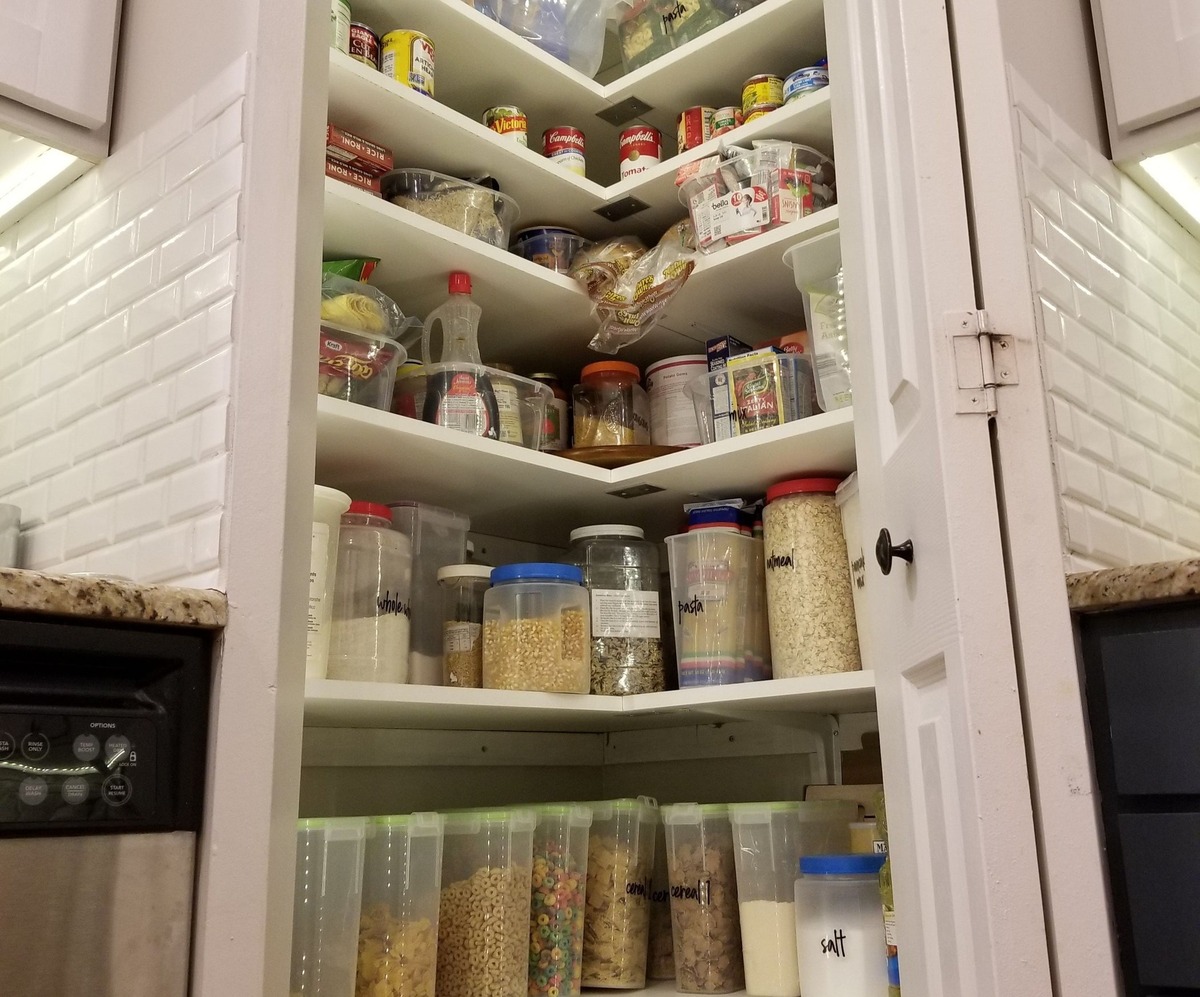
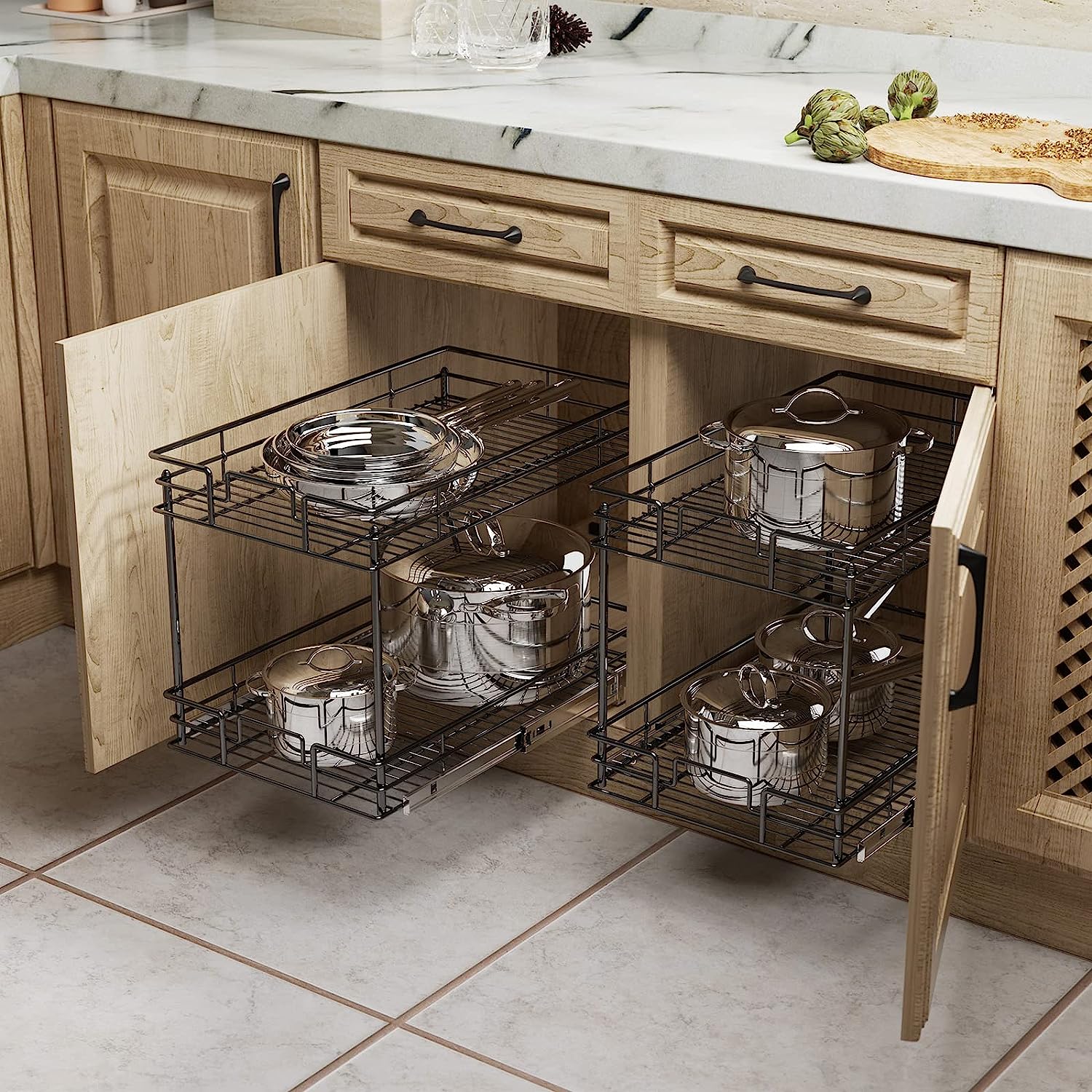

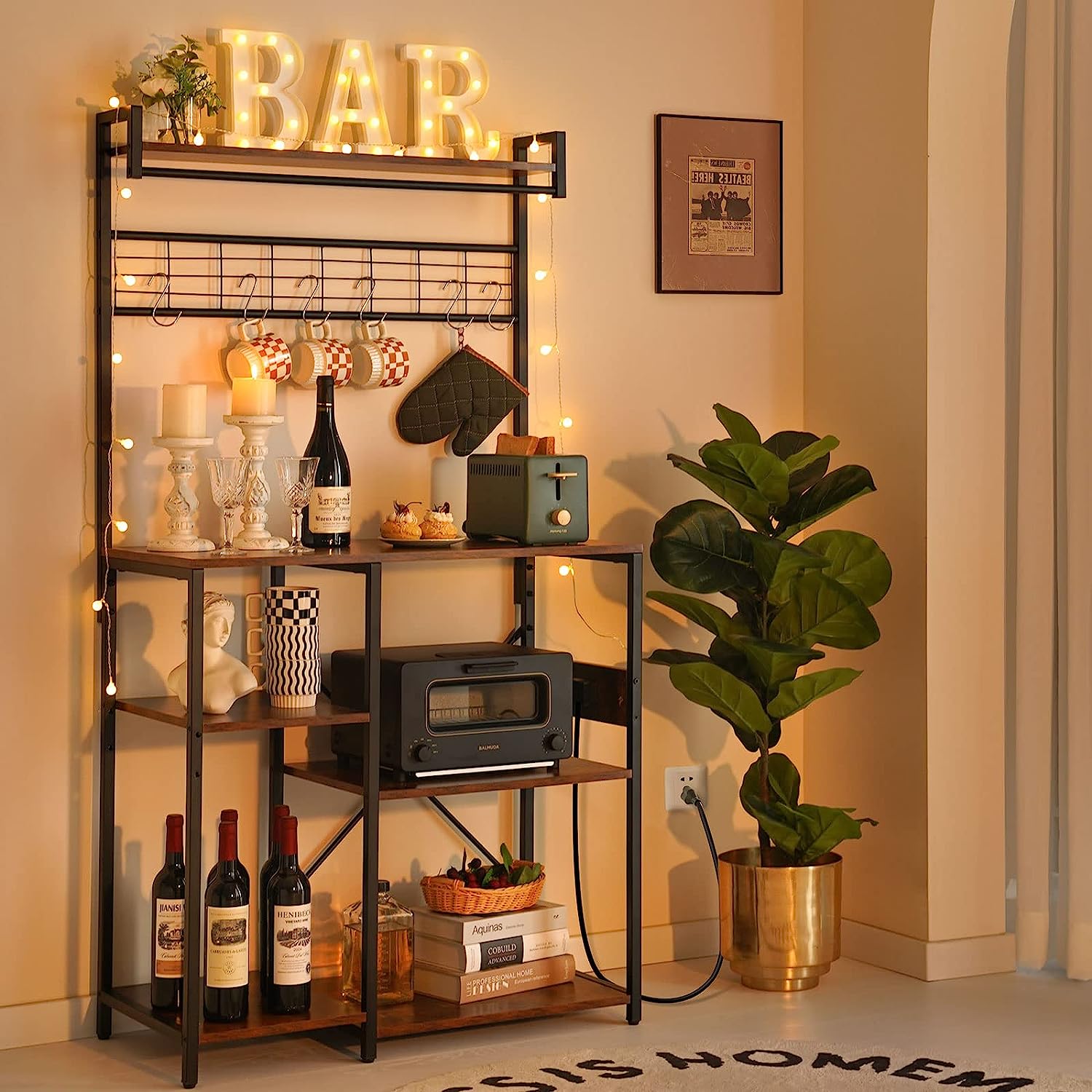
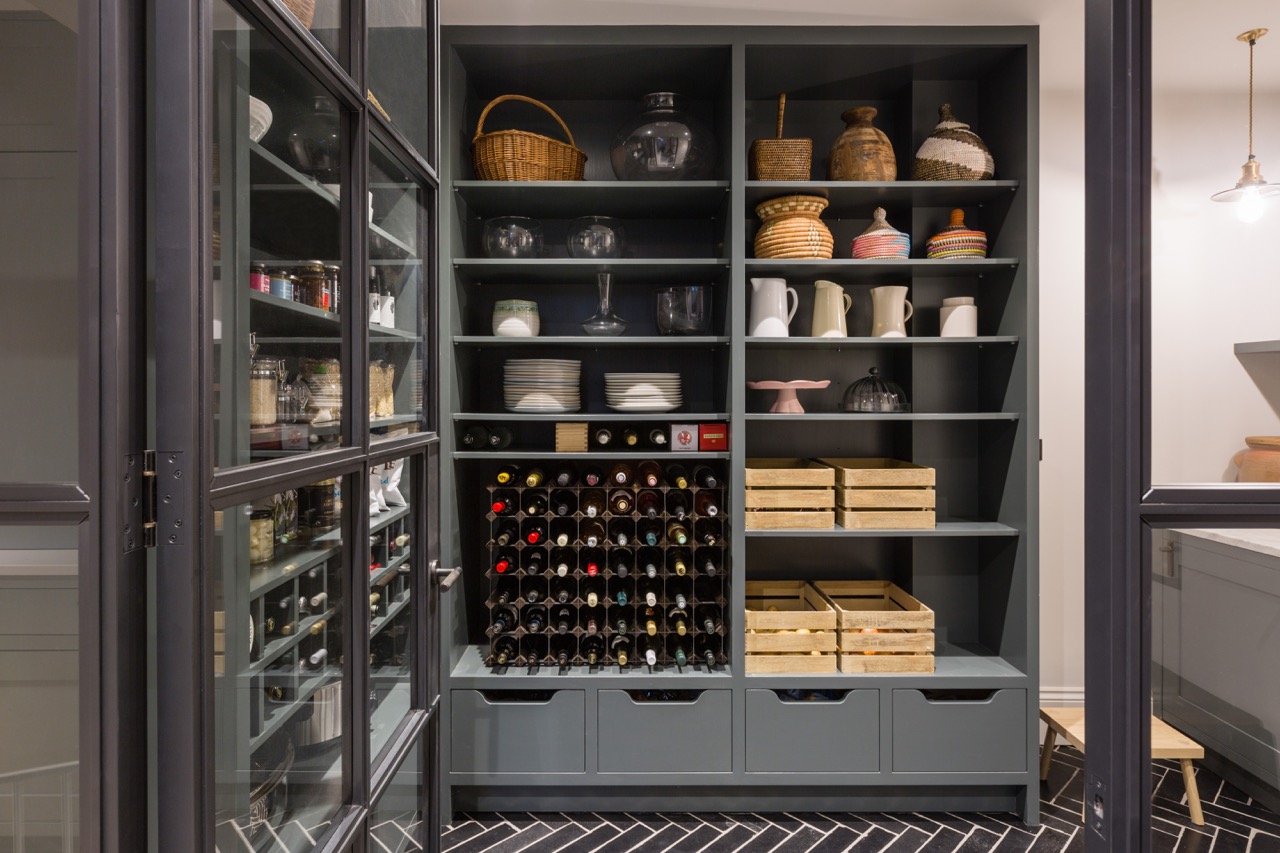

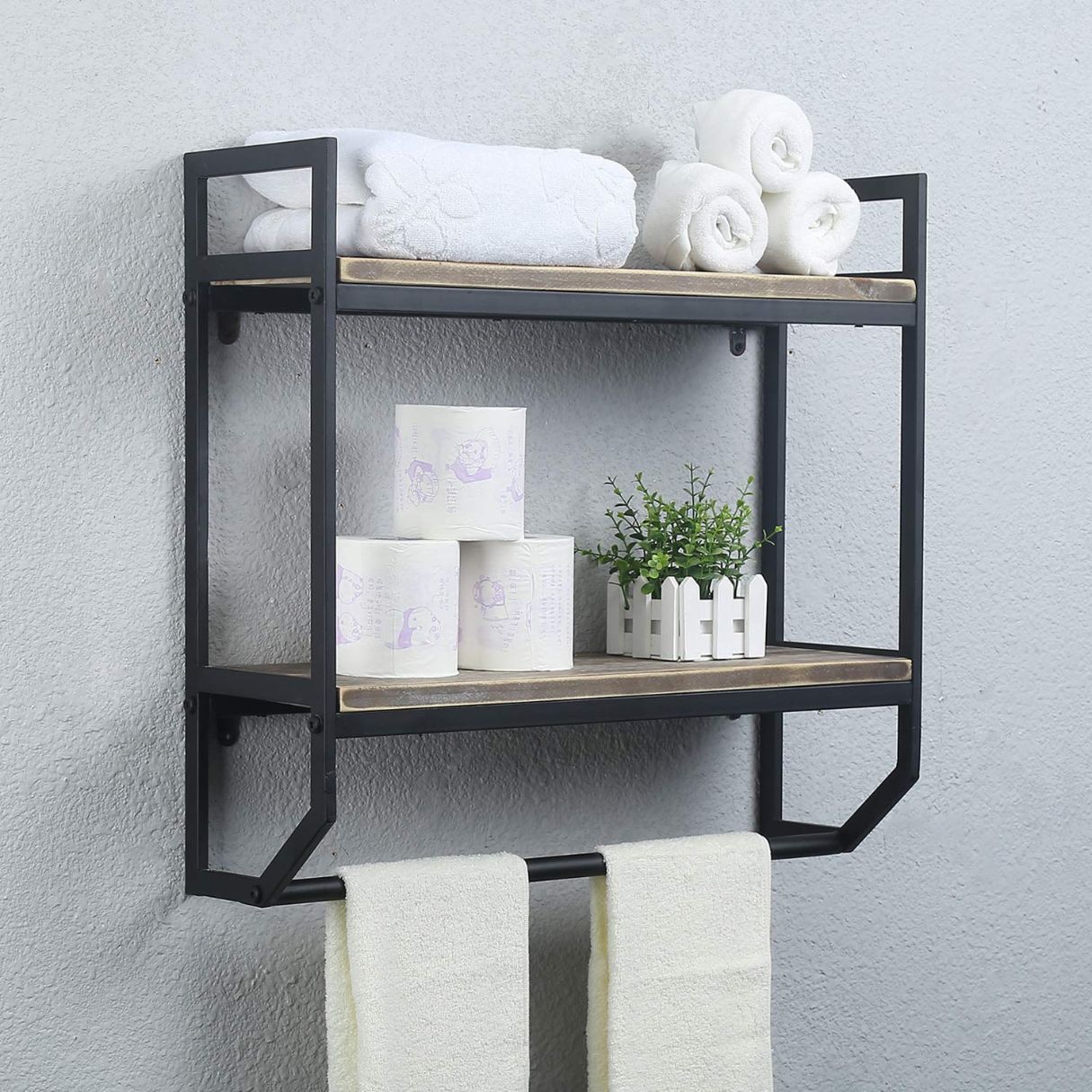

0 thoughts on “How To Organize Deep Pantry Shelves: 10 Ways To Organize Pantry Shelves”